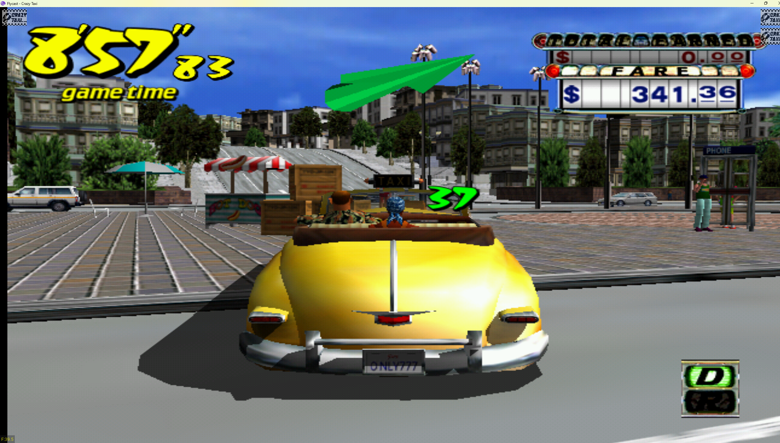Ownership of e-readers is exploding, according to a survey by Pew Internet Research. Over the past six months, ownership of e-readers such as the Amazon Kindle and Barnes & Noble Nook has grown from 6% to 12% of U.S. adults. E-readers are more popular than tablets devices such as the iPad or various Android slates like the Samsung Galaxy Tab which are owned by 8% of U.S. adults.

According to Pew, e-reader and tablet ownership is led by Hispanic adults, adults younger than the age of 65, parents of children below the age of 18, college graduates and households with and income of at least $75,000. While the Pew research is an interesting look in to the state of the mobile reader market now, it is important to note the timing of the survey and movement of the market to distinguish actual digital trends.
The six-month window of the survey was between Nov. 2010 and May 2011. A previous Pew study said that 7% of U.S. adults owned a tablet in Jan. 2011 and that rose only one percentage point in the next four months. The survey was conducted by landline and cellular telephones between April 26 and May 22, 2011 with a margin of error of +/- 2.4%.
What tablets were available in late April to late May? The original iPad, the iPad 2, the Motorola Xoom, the seven-inch Galaxy Tab and the BlackBerry Playbook along with a couple lesser-hyped Android and Windows 7 slates. Of those devices, the Xoom launched in late February, the iPad 2 in mid-March and the PlayBook in mid-April. Except for the original Galaxy Tab (which has reportedly not sold well), none of the tablets have a price point less than $499. Missing from this series are upcoming or freshly released offerings from HTC (the Flyer and Evo View), new Galaxy Tabs (8.9 and 10.1-inch models) and the HP TouchPad. The device that kicked off the “tablet wars” – the first iPad – has only been on the market since April 2010.
When it comes to evaluation of tablet sales, the race has hardly begun.

On the other hand, e-readers have been on the popular market since the original Kindle sold out in a matter of hours in November 2007. Since then, Amazon and its competitors have released several new versions of e-readers, all more advanced and, on aggregate, cheaper. Consumers can now buy an ad-supported Kindle for $114 with the Kindle 3G coming in at $189.
Why the explosion of e-reader ownership in six months? E-readers have gotten to the point where the barrier for ownership is much lower than a tablet or a new laptop, more along the price of an expensive pair of shoes. It is a lot easier to justify a purchase of less than $200 than the $500-plus it takes to own a tablet, many of which are tied to contracts and data plans that increase the cost of ownership (see Motorola Xoom). For the demographic that Pew says that are buying e-readers, it is an easy decision to make.

It will be interesting to see if or when tablets can make a similar jump in ownership when competition drives prices down along with TCO (total cost of ownership) and the tablet market evolves. Amazon may again be at the forefront of that market shift as it reportedly has multiple Android devices (including at least one tablet) coming to market later this year.

















